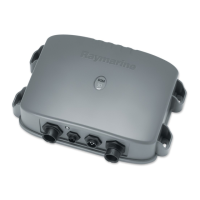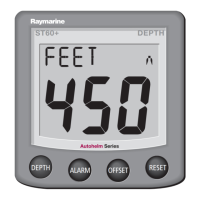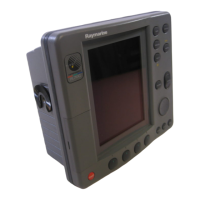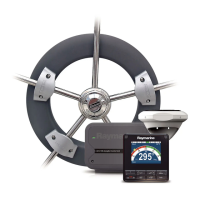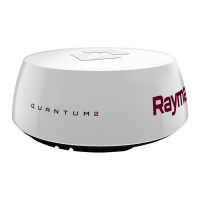Chapter 2: Transducer Installation 23
Chapter 2: Transducer Installation
Transducers enable fishfinder systems to display depth, water temperature and/or
speed information, depending on the type of transducer(s) installed. This chapter
describes the transducers that are available for use with the DSM300.
This chapter also provides general information for installing the three main types
of transducers: transom mount, thru-hull and in-hull. Specific instructions for
installing your particular model are included with your transducer.
2.1 Selecting the Correct Type of Transducer
Before you start the installation, check that you have the correct transducer for
your application.
Applications
Transom Mount Transducers are recommended for personal watercraft and
powerboats with outboard, inboard-outboard and jet drives. They are NOT
recommended for large or twin screw inboard boats.
• Adjusts to transom angles from 3
° – 16°. For angles greater than 16°, a
tapered plastic, wood or metal shim will be needed.
• Designed for operation from 5 – 58 m.p.h. (4 – 50 knots).
Thru-Hull Transducers are recommended for boats with straight-shaft inboard
engines.
In-Hull Transducers are recommended for fiberglass hulls, especially in high
speed power boats and racing sailboats.
Materials
Plastic housings are recommended for fiberglass or metal hulls.
Bronze housings are recommended for wood or fiberglass hulls.
Stainless Steel housings are recommended for steel or aluminum hulls.
Notes: (1)
Installation of a bronze housing in a metal hull requires using of a fairing,
available from your Raymarine dealer.
(2)
Never install a metal housing in a vessel with a positive ground system.
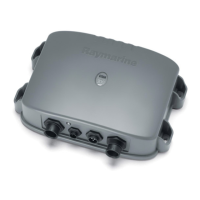
